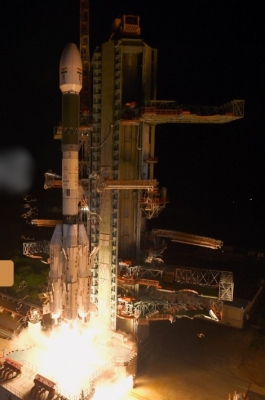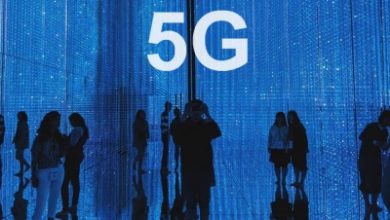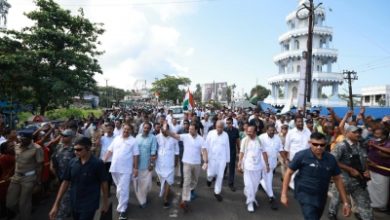Countdown for 2nd flight of ISRO’s SSLV rocket with 3 satellites to begin at 2.48 am Friday

Chennai, Feb 9: The countdown for the flight of India’s small rocket, Small Satellite Launch Vehicle (SSLV-D2) will start in the early hours of Friday, said a senior official of Indian Space Research Organisation (ISRO).
“The six-and-a-half hours countdown for the launch of SSLV-D2 (D-Developmental flight number 2) will begin at 2.48 a.m. on Friday,” the official told IANS, preferring anonymity.
The SSLV rocket carrying three satellites — ISRO’s Earth Observation Satellite – EOS-07, Janus-1 belonging to ANTARIS of the US and AzaadiSat-2 belonging to Space Kidz India, Chennai — is scheduled to lift off at 9.18 a.m. from the first launchpad at Sriharikota rocket port in Andhra Pradesh.
The ISRO has developed SSLV with a carrying capacity of 550 kg to the Low Earth Orbit (LEO) based on the market trend of going in for smaller satellites.
The SSLV-D2 will be carrying a total weight of 175.2 kg — 156.3 kg EOS-07, 10.2 kg, Janus-1 and 8.7 kg AzaadiSAT-2 — as its luggage.
The SSLV rocket provides low-cost access to space, offers low turn-around time and flexibility in accommodating multiple satellites, and demands minimal launch infrastructure.
It is configured with three solid propulsion stages and a velocity terminal module.
Costing about Rs 56 crore, the SSLV rocket stands 34 metre tall, two metre diameter vehicle having a lift-off mass of 120 ton, ISRO said.
As to the mission’s objectives, ISRO said it is to demonstrate the designed payload capability of SSLV in LEO and injection of three satellites — EOS-07, Janus-1 and AzaadiSAT-2 — into the 450 km circular orbit.
As to the Friday’s mission profile, about 13 minutes into its flight, the SSLV rocket will eject EOS-07 and soon after that the other two satellites Janus-1 and AzaadiSAT-2 would be ejected- all at an altitude of 450 km, said ISRO.
The SSLV’s maiden flight – SSLV-D1- on 7.8.2022 was a failure as the rocket had put the two satellites — EOS-01 and AZAADISAT — in a wrong orbit resulting in their loss.
According to ISRO, the onboard sensors of SSLV-D1 were affected due to vibrations during the separation of its second stage. While the rocket’s software was able to perform the ejection of the satellites, the ejections were done into a wrong orbit. The satellites also lacked necessary velocity to be on a stable orbit and went into oblivion.
(Venkatachari Jagannathan can be reached at v.jagannathan@ians.in)






